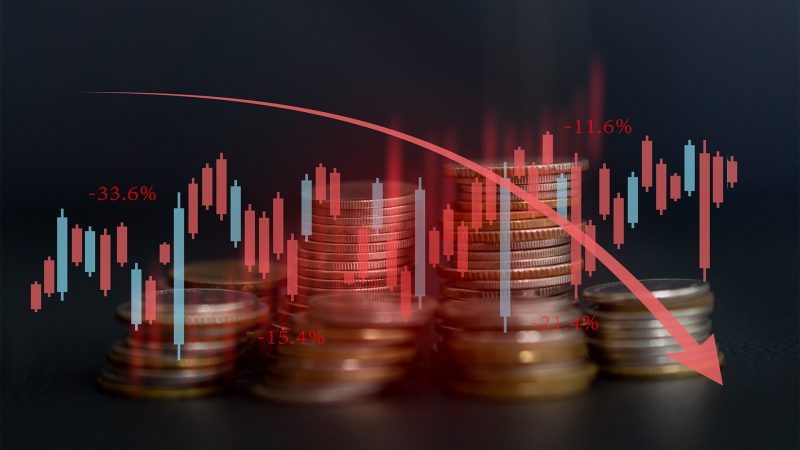
Goldman Revises Copper Outlook After Grasberg Disruption
Goldman Sachs has trimmed its global copper supply forecasts for 2025 and 2026 after major disruptions at the Grasberg mine in Indonesia. A landslide on September 8 flooded several mine levels with 800,000 tonnes of mud, forcing Freeport-McMoRan to suspend operations, declare force majeure, and initiate rescue efforts. The disruption imperils a significant portion of global copper output.
Goldman estimates the supply loss could reach 525,000 tonnes. Consequently, it cut its H2 2025 forecast by 160,000 tonnes and its 2026 forecast by 200,000 tonnes. The bank now expects the mine to lose 250,000–260,000 tonnes in 2025 and up to 270,000 tonnes in 2026. Freeport sees a 35% output drop in 2026 versus prior estimates, with full recovery only by 2027.
From Surplus to Deficit: Market Implications of Revised Outlook
Goldman’s revisions flip the 2025 global copper balance from a projected surplus of 105,000 tonnes to a deficit of 55,500 tonnes. The bank also cut global mine production growth projections from 0.8% to 0.2% for 2025, and from 2.2% to 1.9% for 2026. In response, Goldman reaffirmed a bullish copper price outlook, targeting $10,750 per ton by 2027. In the near term, it sees upside risk in December 2025 LME prices, with a range of $10,200 to $10,500 per ton.
Goldman’s forecast adjustment reflects both the severity of the Grasberg disruption and the fragility of the copper supply chain. As supply tightens, the market may price in further risk premia, especially under rising demand from EVs, infrastructure, and renewable energy transitions.
SuperMetalPrice Commentary:
The Grasberg disruption underscores a critical vulnerability in global copper supply. Goldman’s shift from surplus to deficit signals that reactive price moves may become the norm in 2025. For battery materials and energy transition stakeholders, tighter copper supply means even greater strain on project costs and timelines. Market participants should monitor recovery timelines, downstream inventory buffers, and further geopolitical or weather-driven disruptions as they could heavily influence commodity pricing dynamics across the metals sector.




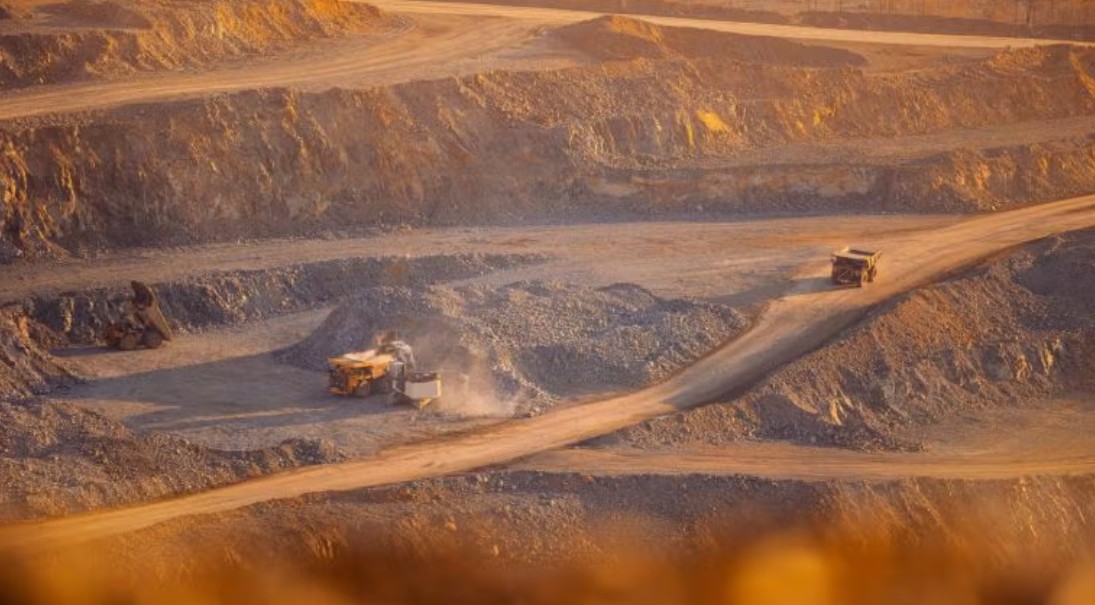


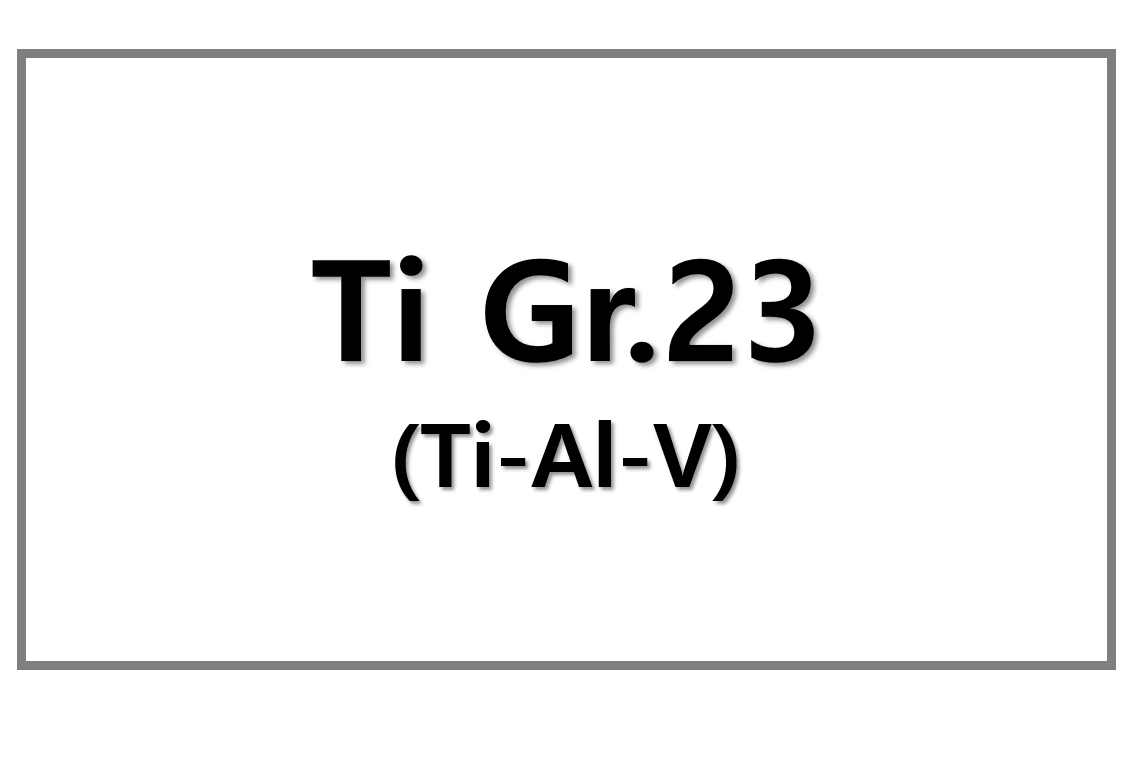
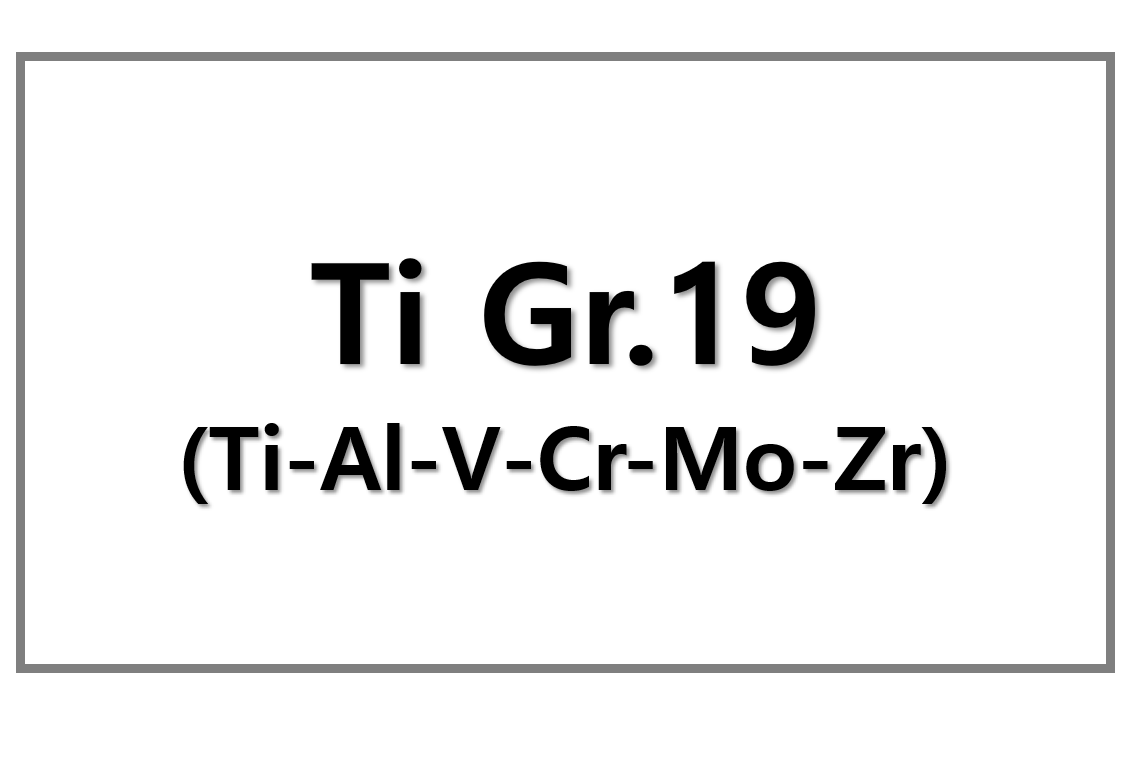
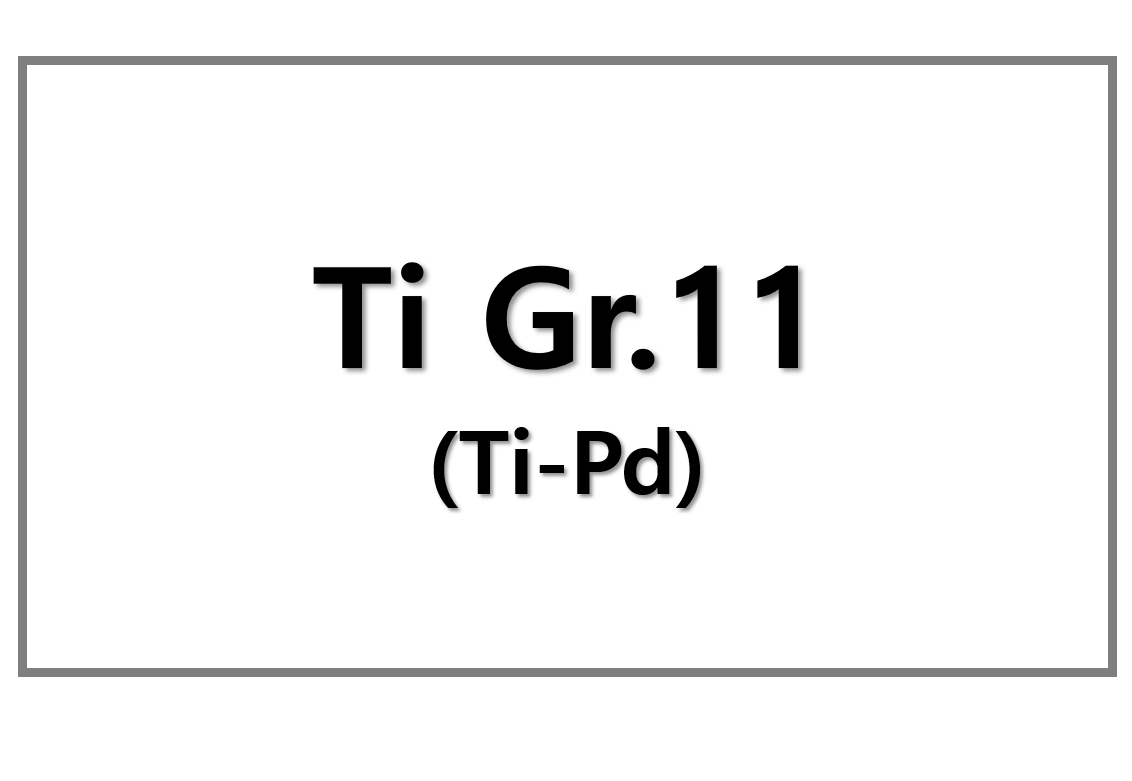
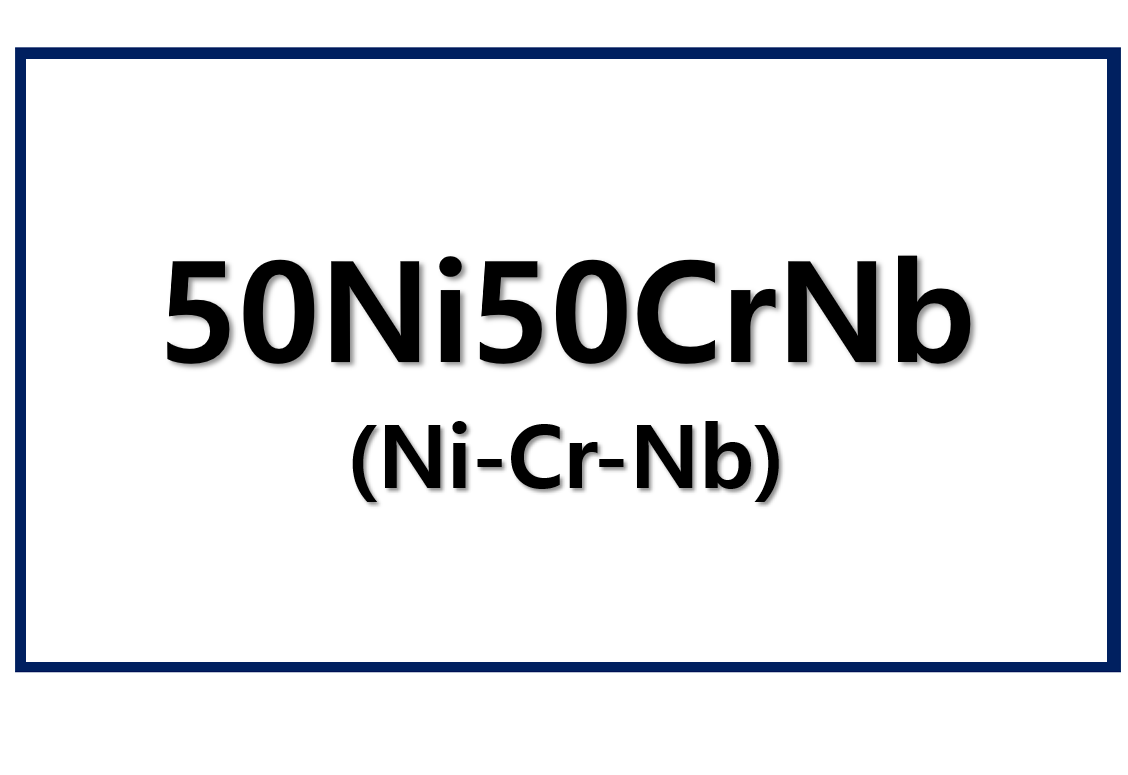
Leave a Reply
You must be logged in to post a comment.